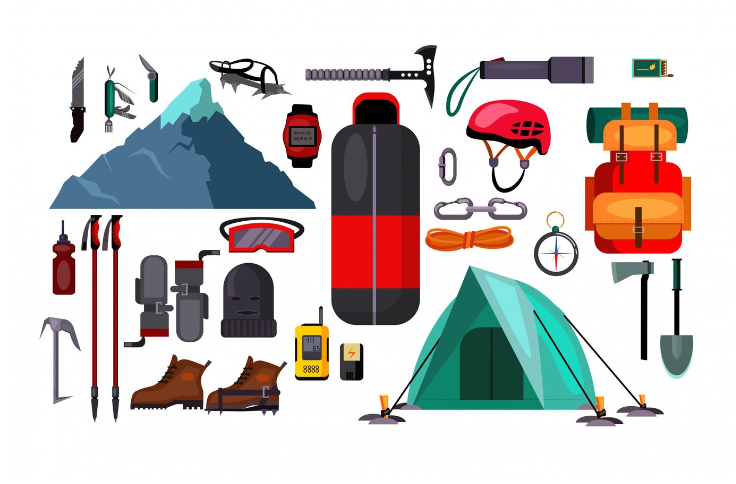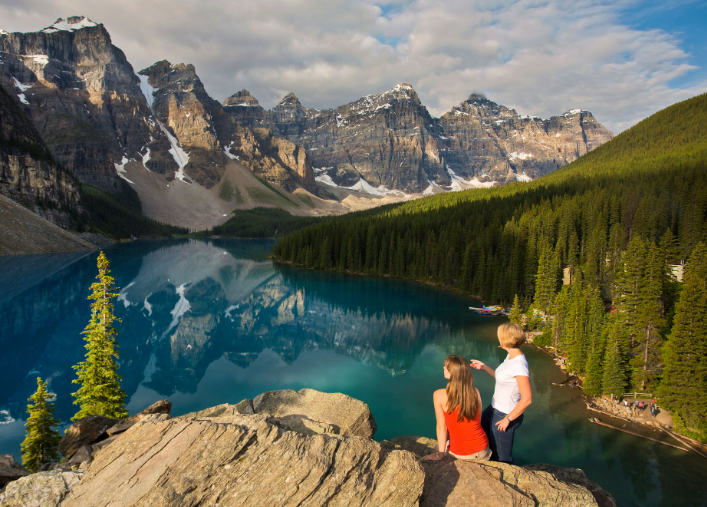Our Location
304 North Cardinal St.
Dorchester Center, MA 02124

Hiking is a popular outdoor activity that involves walking in natural environments, often on trails or paths. The appeal of hiking lies in its simplicity and accessibility, allowing people of all ages and fitness levels to enjoy the beauty of nature. From physical fitness to mental clarity, the benefits of hiking are numerous. This comprehensive guide covers everything you need to know about hiking, from essential tools and the best hiking destinations around the world to what to carry and safety tips. Let’s lace up our boots and hit the trail!

Choosing the right footwear is crucial for a successful hike. Hiking boots provide ankle support and are ideal for rugged terrains, while hiking shoes are lighter and better suited for well-maintained trails. Look for waterproof options and ensure a proper fit to avoid blisters.
Layering is key to staying comfortable while hiking. Start with a moisture-wicking base layer, add an insulating mid-layer, and top it off with a waterproof and windproof outer layer. Choose clothing made from synthetic materials or wool, as they dry quickly and provide warmth.
A good hiking backpack should be lightweight, durable, and comfortable. Features to look for include padded shoulder straps, a hip belt, multiple compartments, and hydration compatibility. The size of the backpack depends on the length of your hike and how much gear you need to carry.
Even if you’re hiking on a well-marked trail, it’s essential to carry navigation tools. A map and compass are reliable and don’t require batteries, while a GPS device or smartphone app can provide additional information about your route and surroundings.

Stretching over 2,200 miles from Georgia to Maine, the Appalachian Trail offers diverse landscapes, from dense forests to stunning mountain vistas. Whether you’re tackling a short section or attempting a thru-hike, this iconic trail is a must-visit.

Located in the Canadian Rockies, Banff National Park boasts breathtaking scenery, including glacial lakes, towering peaks, and abundant wildlife. Popular hikes include the Plain of Six Glaciers and the Johnston Canyon.

Known for its dramatic landscapes, Torres del Paine National Park in Chilean Patagonia offers a range of hiking options, from day hikes to the challenging “W” and “O” circuits. Highlights include the iconic granite towers and the striking Grey Glacier.

The Inca Trail is a historic route that leads to the ancient city of Machu Picchu. This multi-day trek passes through cloud forests, alpine tundra, and Inca ruins, offering a unique blend of natural beauty and cultural heritage.

This classic European trek circles the Mont Blanc massif, crossing through France, Italy, and Switzerland. The 110-mile route offers stunning alpine scenery, charming villages, and a variety of terrain, from lush valleys to rocky passes.

The West Highland Way is Scotland’s premier long-distance trail, stretching 96 miles from Milngavie to Fort William. The route takes hikers through the rugged Highlands, past lochs, glens, and historic sites.

Trekking to Everest Base Camp is a bucket-list adventure for many hikers. The route offers spectacular views of the Himalayas, including Mount Everest, and passes through traditional Sherpa villages and monasteries.

Climbing Mount Fuji, Japan’s highest peak, is a challenging but rewarding experience. The ascent typically takes place during the summer months, and hikers are treated to breathtaking sunrise views from the summit.

The Milford Track in New Zealand’s Fiordland National Park is often described as one of the finest walks in the world. The 33-mile trail takes hikers through lush rainforests, past cascading waterfalls, and along glacially carved valleys.

Located in Tasmania, the Overland Track is a 40-mile trek through the pristine wilderness of Cradle Mountain-Lake St Clair National Park. Hikers will encounter diverse landscapes, including alpine meadows, ancient rainforests, and glacial lakes.
When choosing a tent for hiking, consider the type (three-season or four-season), weight, and ease of setup. Look for features like vestibules for gear storage, durable materials, and good ventilation to ensure comfort and protection in various weather conditions.
Select a sleeping bag with a temperature rating suitable for the conditions you’ll encounter. Down-filled bags are lightweight and compressible, while synthetic bags are more affordable and perform better in wet conditions.
A good sleeping pad provides insulation from the cold ground and adds comfort. Options include inflatable pads, self-inflating pads, and closed-cell foam pads. Consider the weight, size, and insulation (R-value) when making your choice.
Don’t forget essential tent accessories such as stakes for securing your tent, a footprint to protect the tent floor, and a repair kit for quick fixes in the field. These items can enhance the longevity and performance of your tent.

Plan to carry enough food and water for the duration of your hike. Opt for lightweight, high-energy snacks like trail mix, energy bars, and dehydrated meals. A portable water filter or purification tablets can help ensure a safe water supply.
For longer hikes, a compact cooking stove, lightweight pots, and essential utensils are necessary for preparing meals. Consider the type of fuel your stove uses and the efficiency of the setup to minimize weight and bulk.
Staying hydrated is crucial. Use hydration bladders with drinking tubes for easy access, or carry water bottles. Ensure you have enough capacity to carry sufficient water between refill points.
Personal care items like sunscreen, insect repellent, and hygiene products (toothbrush, biodegradable soap, toilet paper) are essential. Protecting your skin and maintaining cleanliness can significantly enhance your hiking experience.

A well-stocked first aid kit is a must. Include adhesive bandages, gauze pads, antiseptic wipes, adhesive tape, and a variety of medications (pain relievers, antihistamines, anti-diarrheal).
Carry any personal medications you may need, as well as extras for common emergencies, such as epinephrine for severe allergic reactions or altitude sickness tablets if you’re hiking at high elevations.
Include tools like tweezers for splinter removal, scissors for cutting tape or gauze, and safety pins for securing bandages. These items can be invaluable in treating minor injuries.
Familiarize yourself with the contents of your first aid kit and how to use them. Consider taking a basic first aid course to better handle emergencies and provide effective care on the trail.

Weather in natural environments can be unpredictable. Check forecasts before your hike, and carry appropriate gear, such as rain jackets, thermal layers, and sun protection, to stay safe and comfortable in varying conditions.

Understanding local wildlife and how to behave around them is crucial. Keep a safe distance, store food securely, and know what to do in case of encounters with animals like bears or snakes.

Practicing good trail etiquette helps preserve the environment and ensures a positive experience for everyone. Stay on designated paths, yield to other hikers, and pack out all trash.

Carry a means of emergency communication, such as a satellite phone, personal locator beacon (PLB), or a mobile phone with a fully charged battery. Know the emergency contact numbers for the area you’re hiking in.
Hiking is a fantastic way to explore the great outdoors, stay fit, and enjoy the beauty of nature. By equipping yourself with the right tools, choosing the best hiking destinations, packing appropriately, and following safety tips, you can ensure a memorable and enjoyable hiking experience. So, gear up, hit the trail, and happy hiking!

The best time to go hiking depends on the location and your personal preferences. Generally, spring and fall offer mild weather and fewer crowds, while summer is great for high-altitude hikes.
To prevent blisters, wear well-fitting, moisture-wicking socks, and properly broken-in hiking boots. Keep your feet dry and take breaks to air them out. Applying blister prevention tape to hot spots can also help.
If you encounter wildlife, remain calm and avoid sudden movements. Keep a safe distance, make noise to alert animals to your presence, and follow guidelines for specific animals (e.g., make yourself look bigger for bears).
Staying hydrated is crucial on long hikes. Drink water regularly, even if you don’t feel thirsty. Use hydration bladders for easy access, and consider carrying a portable water filter or purification tablets to refill from natural sources.
Solo hiking can be safe if you take precautions. Plan your route, inform someone of your plans, carry a means of communication, and be prepared for emergencies. Trust your instincts and know your limits.